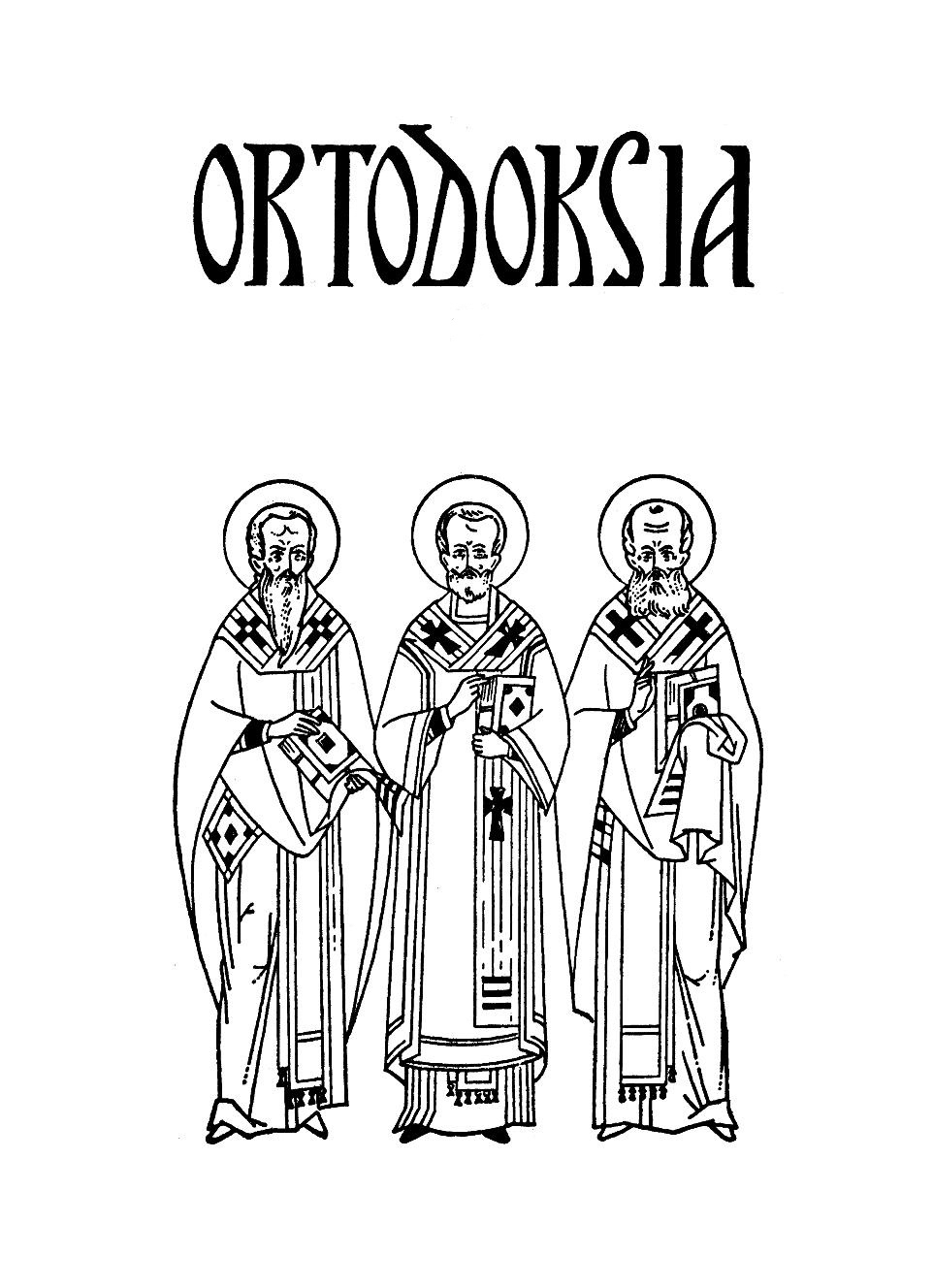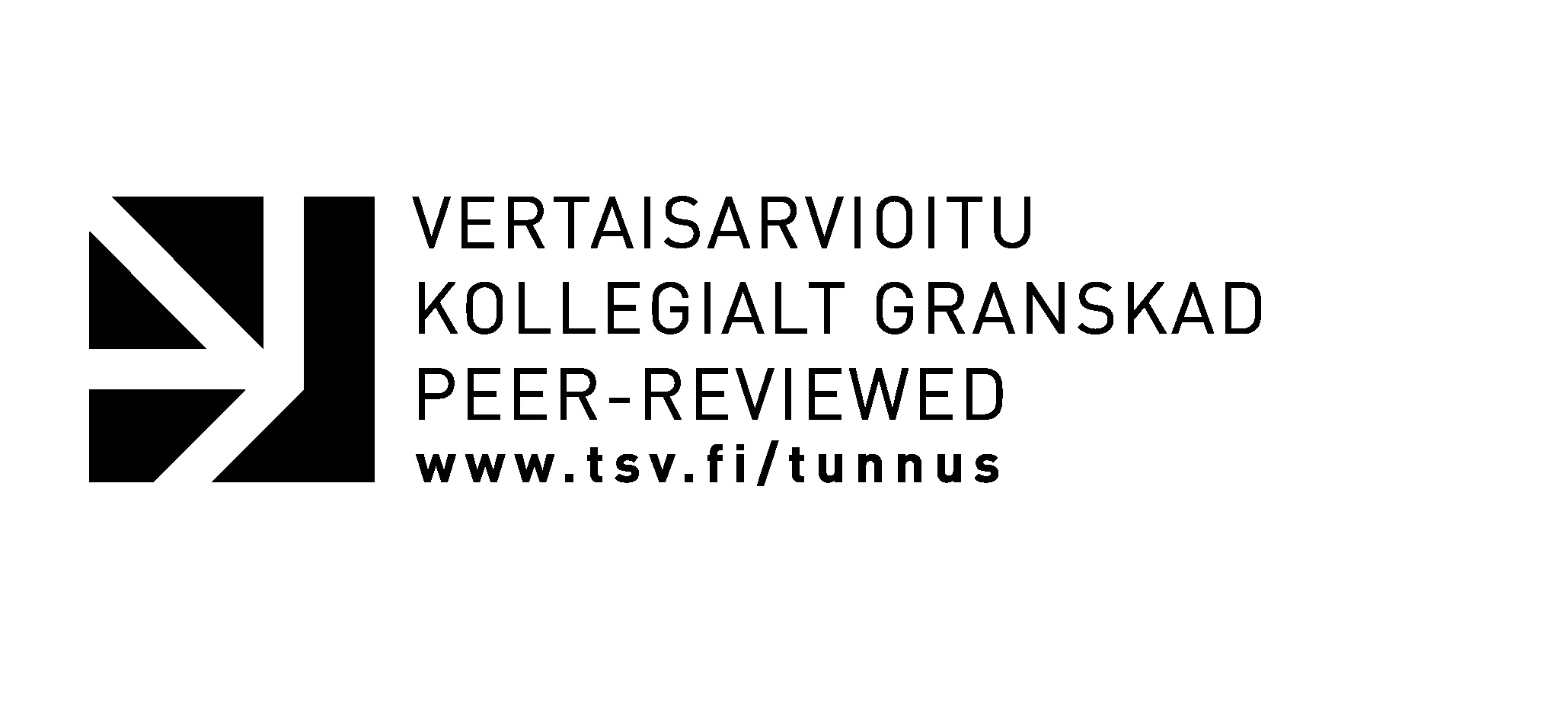Pyhittäjäisiemme Karjalan valistajien yhteisen juhlan hymnografiasta
Abstrakti
The paper deals with the hymnography of the vigil-rank Feast of the Enlighteners of Karelia that was introduced into the liturgical calendar of the Ortho- dox Church of Finland in 1957. The need for the feast arose when the Evangelical Lutheran Church of Finland decided to place the celebration of All Saints’ Day on the Saturday on or between 31 October and 6 November. That day also became a national holiday, and the Orthodox feast was created in order to provide Orthodox believers with a meaningful liturgical commemoration. At the same time, this provided an opportunity to foster the national spirit of the Orthodox minority.
Because such a feast did not previously exist, there was no hymnography in existence to be used for the feast. In any case, the texts for the Vigil and Liturgy were composed and published as a booklet in 1959, with no attributions of authorship. Even later, such attributions have remained undisclosed. The texts were customarily referred to as having been “originally conceived in Finnish”.
The feast remained exclusively in Finnish usage until 1974, when, after Patriarch Pimen’s visit to Finland, it was introduced in the Russian Orthodox Church as well. The dates for the feast in the Russian calendar were initially the same as in Finland (although according to the Old Style, so that the dates of the feast never coincided in the two countries), but in 2004 the Russian Church transferred the celebration to the fixed date of 21 May (O.S.). One might have presumed that the Russian Church would have made use of the hymnography that was already written, but this did not take place. Rather, the Russian Church had the necessary hymns composed all anew, even though there is correspondence with the apolytikion and the kontakion.
The most obvious feature of the hymnography is that it is significantly limited in scope in relation to what would be standard for a similar kind of commemoration as is seen in traditional service books. Furthermore, it transpires that of the 30 hymn stanzas, no more than 13 appear as original compositions. The remaining 17 hymns represent adoptions or adaptations of different levels from previous Finnish and Slavonic hymnography. The main source appears to have been the hymnography for Ss. Sergius and Herman of Valaam, which served as the basis for 13 hymns. The remaining hymns become from different sources. In the canon, there are issues pertaining to the structural principles of that genre.
It is suggested that the constitution of the hymnography, which can be characterized as “provincial” in a certain sense, probably contributed to the decision of the Russian Church to create the Slavonic texts for the feast without regard to the previous effort in Finnish. Although there is no compelling need to have the texts complemented to comply better with the liturgical tradition, such a reworking may still be worth considering.



